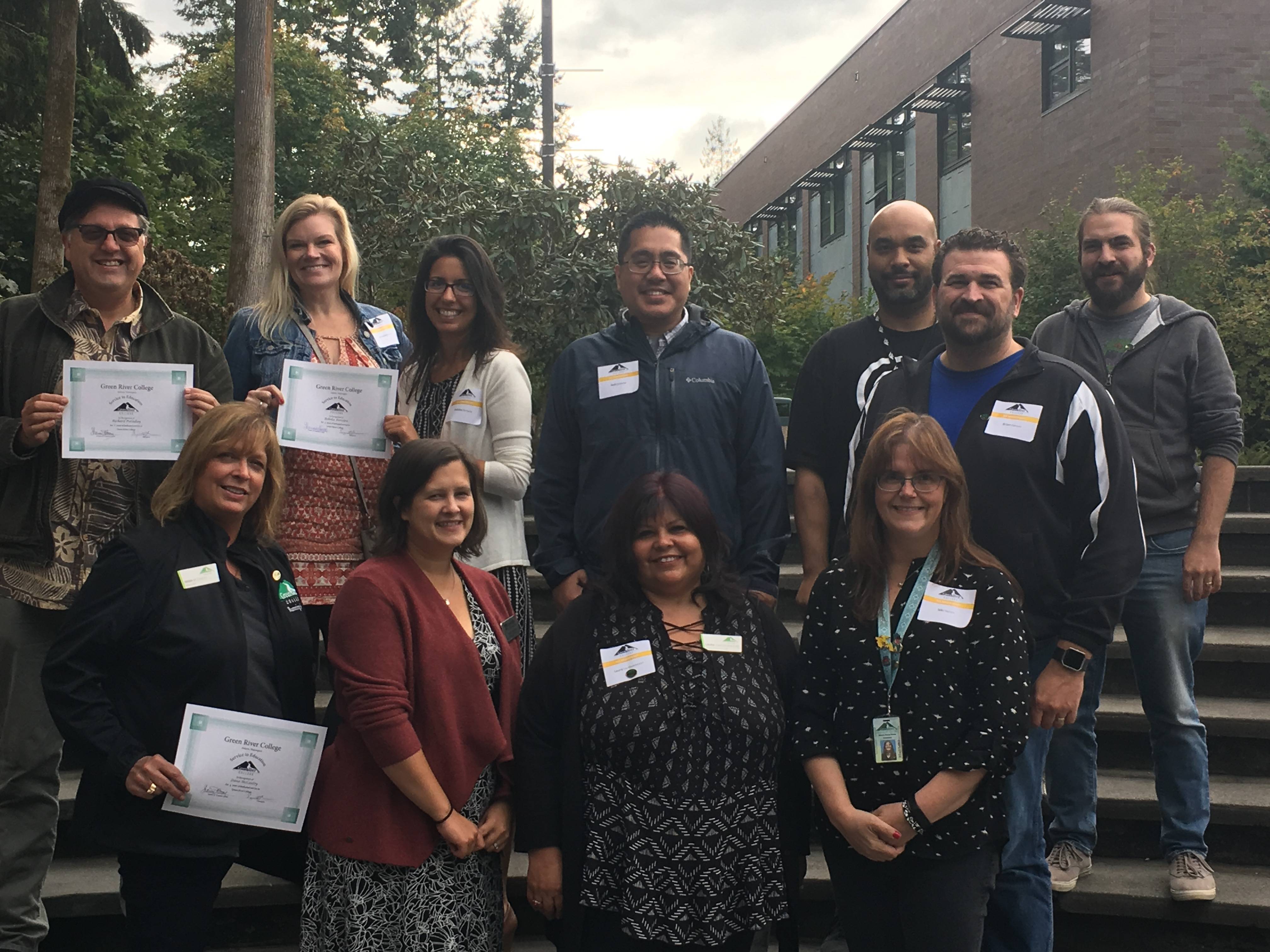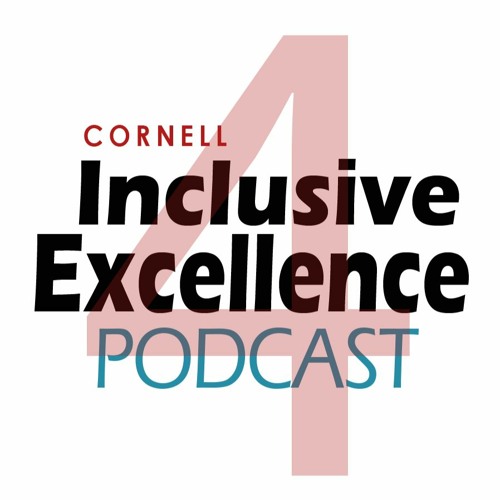
Teachers have the potential to influence student learning in a variety of ways. These strategies can be described by motivational, methods perceptions and effects. This article will discuss the differences between these strategies. While some teacher strategies may seem counterintuitive, they may be beneficial for some teachers. Let's examine the differences between autonomy-supportive and controlling teaching strategies. What does this mean for student learning? How can you influence student learning the most effectively?
Motivational strategies
Motivational teacher strategies influence students' learning outcomes and motivation. A recent study examined whether teachers are using autonomy-supportive and controlling strategies to motivate students. The results support the role autonomy plays in motivating students. However, they also show the importance other contextual factors. Let's examine some of the most common motivational teacher strategies. Here are some examples of how they can be used. We'll also discuss the differences between the two types of strategies.

Methods
There are many ways to help your students learn. Teachers can create tasks that reflect the learning styles of their students. This can help students learn what they need. Assigning tasks to students that will help them develop their skills is one of the best ways to improve student learning. Students should review content once they have learned it, and teachers should assign tasks that fit their students' needs. Teachers can use peer teaching in certain cases. However, this comes with its limitations.
Perceptions
Their background knowledge, education, experience, work, culture and community influence how they perceive teachers. These factors shape the way teachers approach their students. Teachers may also be influenced in some way by their own personal perspective. Teachers may not be aware of the fact that these factors can affect their perception of a teacher. In this study, students' perceptions of teacher strategies were investigated to determine whether they would be more motivated to learn if their teachers used certain strategies.
Effects
Numerous studies have examined the effects of teacher strategies on student motivation. There are four major types of teacher strategies for motivating students. Some strategies are about engaging learners' imaginations and giving them opportunities to use them. Others provide explanations for activities or give feedback during oral performances. Teachers have been known for their empathy and ability to ignite students' imaginations. These teachers can also help to identify achievement gaps in their students and put together strategies to close them.

Students and students have a relationship
Studies have shown that positive relationships between teacher and student can improve student learning and achievement. Positive relationships are also more likely to increase the teacher's job satisfaction, and retention. Pianta and his colleagues will discuss the latest research on teacher-student relations and identify qualitative parameters that impact relationship processes. Positive relationships with students can benefit all aspects of learning and foster resilience. This chapter also provides some tips and tricks to help students develop positive relationships.
FAQ
Who can homeschool?
Anyone can homeschool. There are no required qualifications.
Children can be taught by parents who have graduated high school. Many parents choose to teach their children as they go to college.
Parents who have received less formal education can still teach their children.
After meeting certain requirements parents can become teacher certified. These requirements are different for each state.
Some states require homeschooled student to take a test in order to graduate. Others do not.
Homeschooling parents must register their family with the local school district.
This involves filling out paperwork, and submitting it back to the school board.
Parents are permitted to enroll their children in private or public schools after they have registered.
Some states permit parents to homeschool their children without having them registered with the government.
If you live in one of these states, you will be responsible for ensuring your children meet the requirements of the state's compulsory attendance law.
What are the types of early child education?
There are many ways to describe early childhood education. The most common are:
-
Preschool - Children ages 2 to 5
-
PreKindergarten- Children from 4-6 years of age
-
Head Start/ Headstart - Children ages 0 to 3
-
Day Care/ Daycares: Children 0-5
-
Child Care Centres - Children from 0-18 Years
-
Family Child Care – Children aged 0-12
-
Homeschooling – Children from KG up to 16
What is a trade school?
Trade schools provide an alternative pathway for students who have not achieved success at traditional higher educational institutions to earn a college degree. They offer career-oriented programs that help students get prepared for specific careers. Students enrolling in these programs typically complete two years of coursework in a single semester and then enter into a paid apprenticeship program where they learn a job skill set and receive on-the-job training. Trade schools can include technical schools, community colleges and junior colleges as well as universities. Some trade schools also offer associate degree programs.
What's the difference between college and school?
Schools are usually organized into classes (or grades) with a teacher who teaches a group of students. Colleges, which are often larger and offer more specialized classes, may also include university-level programs. Colleges may focus more on business and science while schools will usually only teach basic subjects. The curriculum at both levels is intended to prepare students to study at higher levels.
Statistics
- They are more likely to graduate high school (25%) and finish college (116%). (habitatbroward.org)
- Data from the Department of Education reveal that, among 2008 college graduates, 92.8 percent of humanities majors have voted at least once since finishing school. (bostonreview.net)
- Globally, in 2008, around 89% of children aged six to twelve were enrolled in primary education, and this proportion was rising. (en.wikipedia.org)
- Among STEM majors, that number is 83.5 percent. (bostonreview.net)
- In most developed countries, a high proportion of the population (up to 50%) now enters higher education at some time in their lives. (en.wikipedia.org)
External Links
How To
What is vocational training?
Vocational education is an educational program that prepares students to work after high school and college. It teaches them specific skills for specific jobs (such as welding). This includes apprenticeship programs and on-thejob training. Vocational education differs from general education because it focuses on preparing individuals for specific careers rather than learning broad knowledge for future use. Vocational education does not prepare students for university, but it helps them find work after graduation.
Vocational education may be provided at all levels of schooling, including primary schools, secondary schools, colleges, universities, technical institutes, trade schools, community colleges, junior colleges, and four-year institutions. In addition, there are many specialized schools such as culinary arts schools, nursing schools, law schools, medical schools, dental schools, veterinary medicine schools, firefighting schools, police academies, military academies, and other military schools. Many of these schools offer both academic instruction and practical experiences.
Over the past decade, a number of countries have made substantial investments in vocational education. These include Australia, Denmark and Finland, Germany. However, it is not clear if vocational education is effective. Some critics say it does not improve students' employability. Other argue that it prepares them well for life beyond school.
According to the U.S. Bureau of Labor Statistics 47% of American adults have a postsecondary certificate. This figure is higher for those with more education. 71% (25-29) of Americans have a bachelor's level or higher and work in fields that require a postsecondary degree.
According to the BLS in 2012, almost half of Americans had at the least one type of postsecondary credential. About one-third of Americans held a two-year associate degree, while about 10 percent held a four-year bachelor's degree. One out of five Americans held a master's degree or doctorate.
The median annual wage for individuals with a bachelor's in 2013 was $50,000. This was compared to $23,800 when they had no degree. The median income for those with advanced degrees was $81,300.
For those who did no high school, the median salary was only $15,000. For those who did not complete high school, the median annual salary was only $15,200.